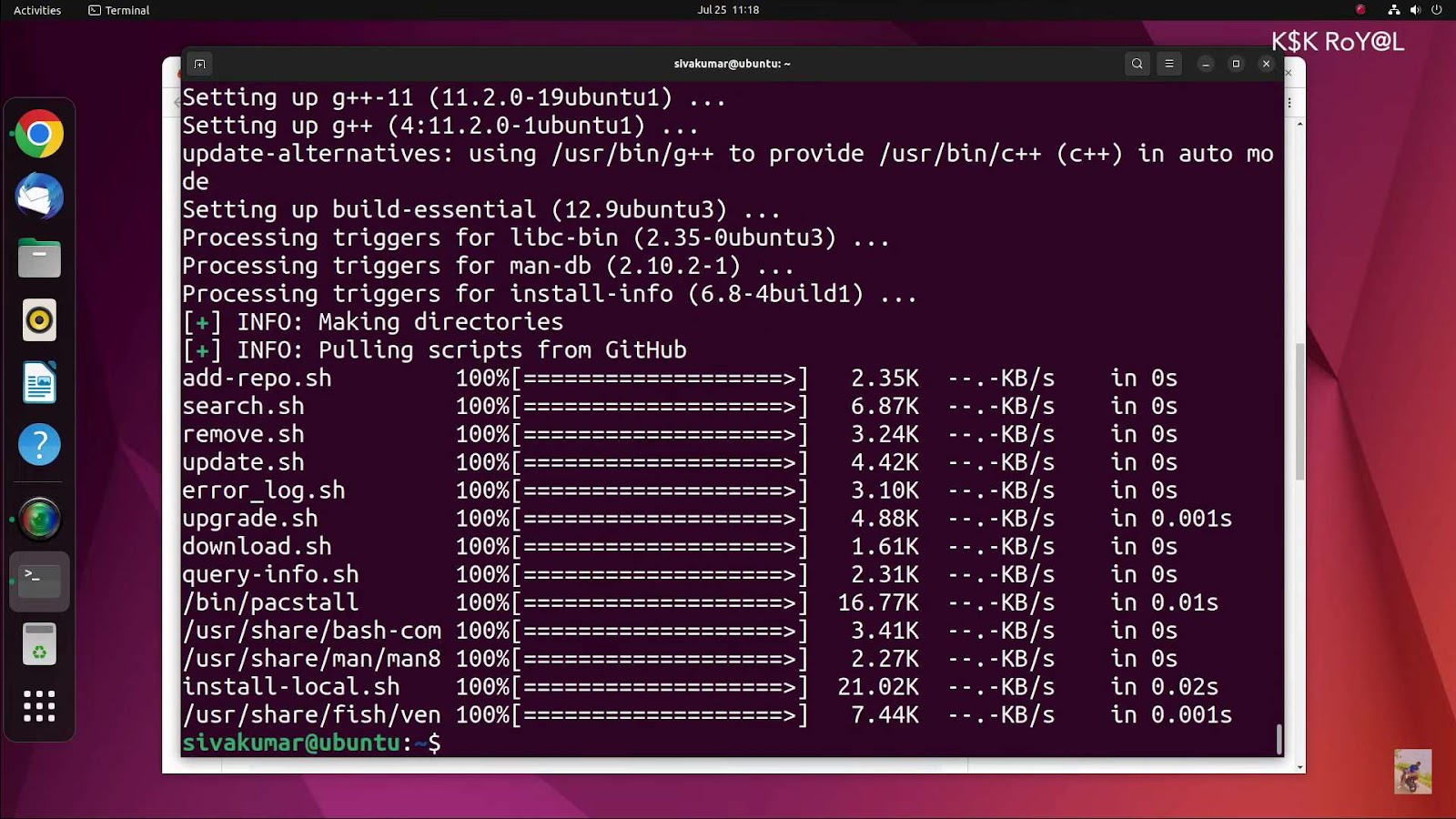All actions in the operating system are performed using specially designed programs and applications. Linux is a popular operating system…
Linux Application Development: Peculiarities and Tools

Courses

All actions in the operating system are performed using specially designed programs and applications. Linux is a popular operating system…

In the intricate web of system management, Linux Restore Points emerge as pivotal saviors, offering a shield against unexpected system…

In the realm of contemporary operating systems, the file system assumes an indispensable role in the efficient and dependable management…

Network File Sharing (NFS) is an established protocol used in Linux for sharing files and directories across a network. It…

In Linux, the routine deletion of directories often involves the rmdir command. However, this command exclusively works on empty directories.…

LDAP in Linux offers a way to centralize the management of user information, making it easier for administrators to control…

In the domain of secure access and robust authentication, Multi-Factor Authentication (MFA) stands as a crucial defense mechanism against unauthorized…

Ubuntu, a widely acclaimed Linux distribution, has gained renown for its exceptional reliability and user-centric interface. Whether your utilization of…

Are you seeking a seamless way to streamline your infrastructure management? Look no further than Ansible, a potent open-source automation…

Crontab in Linux is an essential tool for automating repetitive tasks, offering a reliable and flexible way to schedule jobs.…